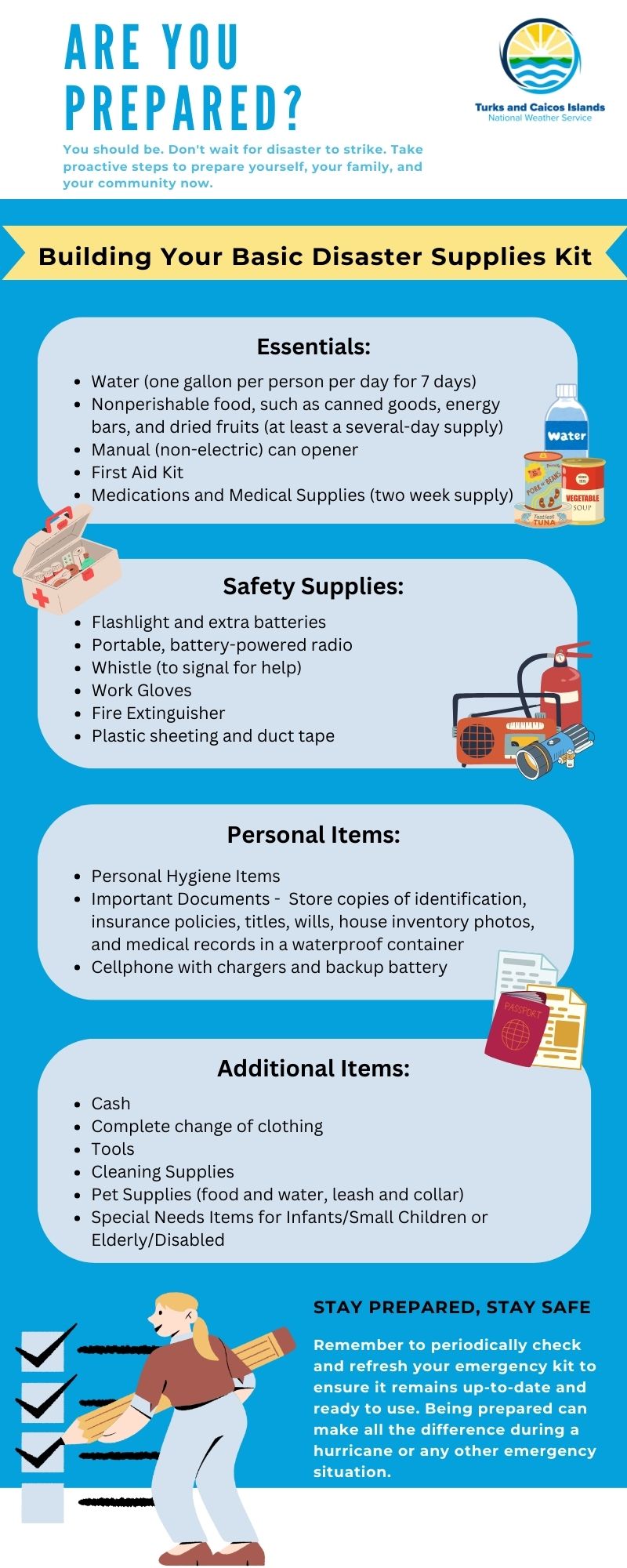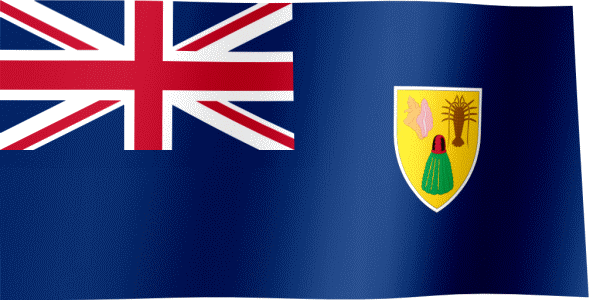TCI EMERGENCY ALERTS NEWS FEED
The Turks and Caicos Islands generally experience pleasant and consistent weather throughout the year.
The islands are located 550 miles southeast of Miami, Florida, just southeast of the Bahamas chain and just to the northeast of Cuba and north of Hispaniola.
Unlike northern countries such as the United States, Canada, and the United Kingdom, we do not experience the four distinct seasons here (i.e., Spring, Summer, Fall, Winter). Instead, the climate is tropical with temperatures varying from warm to hot and one distinct wet season per year.
Main Characteristics of our Climate
May to October are considered the “hot” months, and November to April are the “cool” months. Although the average monthly variation between the “hot” and “cool” months is only about 10°F, this difference is definitely noticeable. Depending on personal preference, some may find that activities such as cycling, hiking and exploring historical sites may be a bit too exhausting during the height of summer.
The winter “cool season” months tend to see the greater number of tourist arrivals.
The wet season generally runs from May to November/December and coincides with the hurricane season; the dry season occurs from December to April.
Except for the occasional passing of a storm, the weather and conditions for activities on and in the water is typically excellent throughout the year.
Follow the Weather Service


